3 Retro Stitching Hobbies That Are Making a Big Comeback
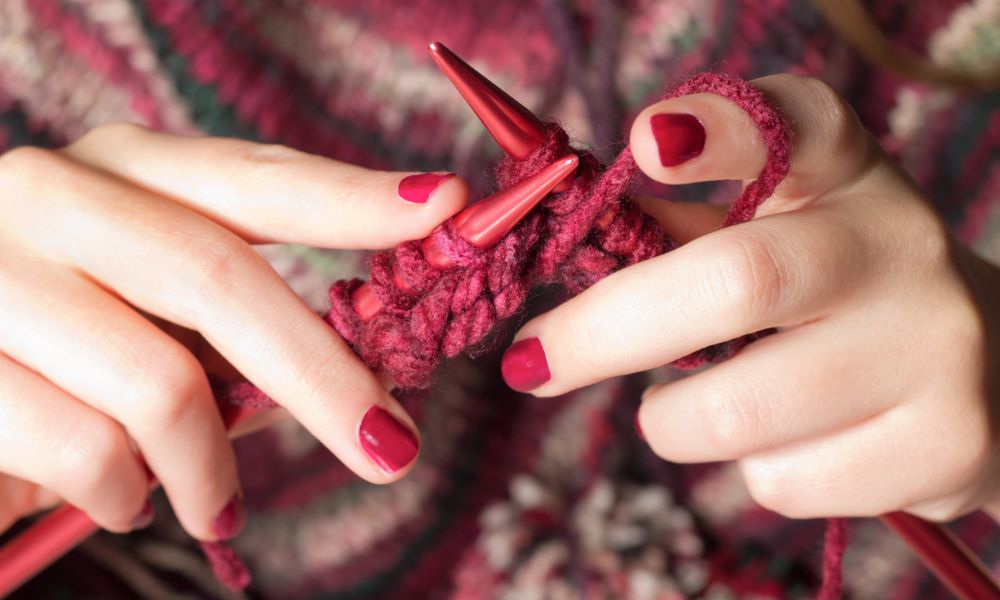

During the pandemic, many people were stuck inside and decided to try new hobbies. Some of those hobbies were old-fashioned ways to pass the time, like baking and sewing. Even as we emerge from the pandemic, many of us who took up new hobbies discovered we enjoy them and continued to practice. If you’re interested in learning more about one of these retro hobbies, we can help. Keep reading to learn about the benefits of three retro stitching hobbies making a big comeback this year.
Knitting: Reduce Stress
Many historians believe knitting originated in the Middle East sometime around the fifth century. When Middle Eastern traders shared this practice with Europeans soon after, it became a popular way to make clothes, especially in colder climates. During England’s second Industrial Revolution in the 1900s, the invention of knitting looms and the creation of textile factories increased the popularity and accessibility of knitted garments.
Today, you can still find knitted clothes in stores, although many people enjoy hand-knitting or machine-knitting at home. Knitting offers mental health benefits like stress reduction and an increased sense of well-being. Many people knit in groups, providing social interaction that improves mental health.
Quilting: Keeps Our Brains Strong
The first quilted garment we discovered was created around 3400 BC in ancient Egypt, but quilting has been part of various cultures for thousands of years. The term ‘quilting’ originated in Europe in the 13th century and is based on the Latin word for ‘bolster’ or ‘cushion.’ People of various socioeconomic statuses have used quilts throughout the past few centuries, both to stay warm and for decorative purposes.
Today, people continue to make quilts for personal use and decoration. Quilting requires math and other types of figuring that keep the mind strong and exercise cognition. It also requires problem-solving skills, such as color and fabric selection, which are good for our brains.
Needlework: Fights Dementia
Needlework, also known as cross stitching, is an ancient art like knitting and quilting. Ancient cave paintings from various cultures and locations depict needlework. The oldest piece of cloth with needlework on it dates to the 5th or 6th century AD. From China to Peru, people have enjoyed needlework for thousands of years. While much of the western world forgot this practice during World War II, when sewing was only about practical outcomes, we’ve started practicing this art form again.
There are numerous reasons we’ve started needleworking again. The small stitches are good for hand-eye coordination, and the action keeps our fine motor skills sharp. Needlework requires dexterity and focus that can help fight dementia.
The benefits of these three retro stitching hobbies that are making a big comeback are that they can help us reduce stress, strengthen our brains, and fight dementia. If you need supplies from an online quilt shop in Canada, Lindley General Store can help. We offer various creative supplies that will help you complete almost any project.

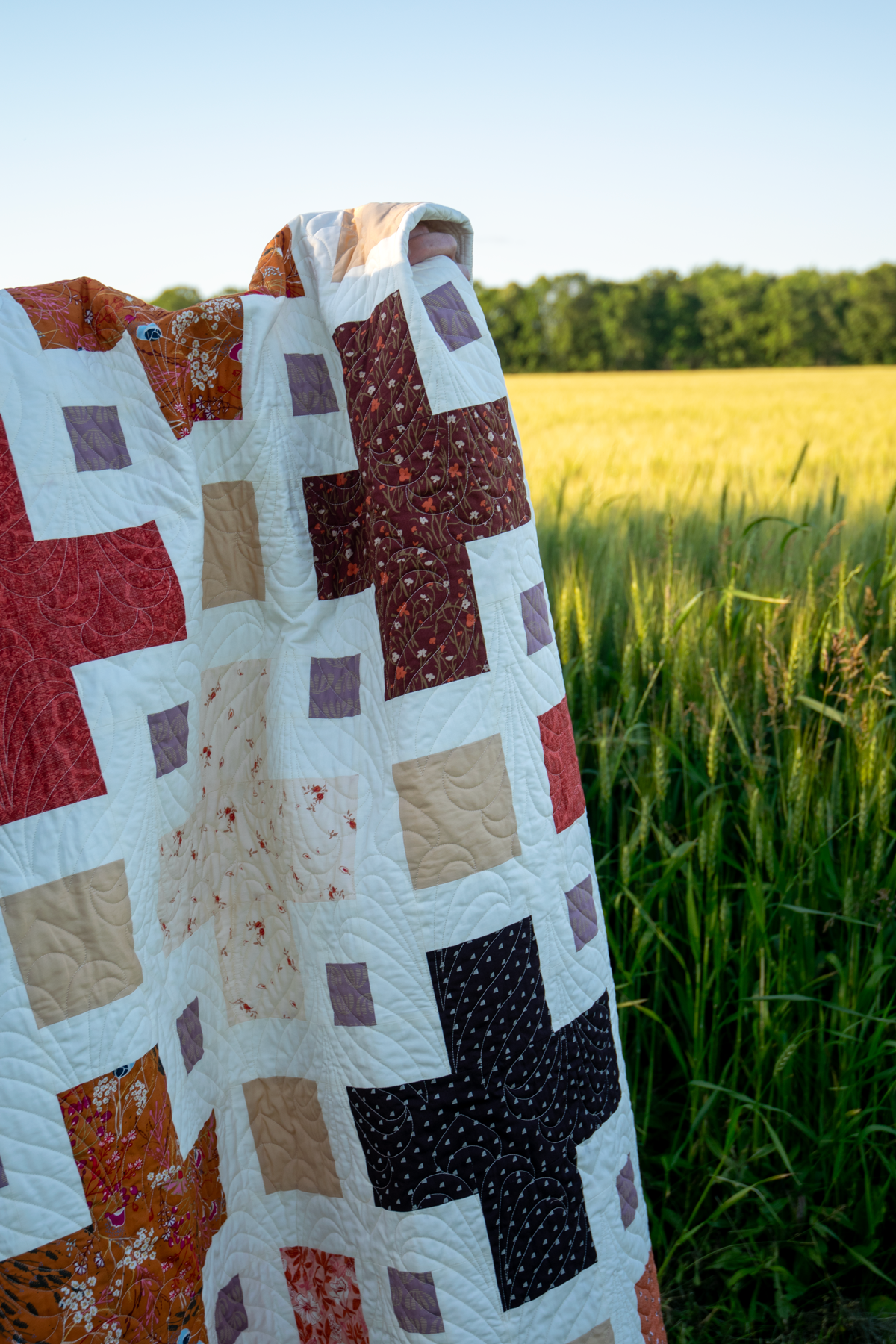

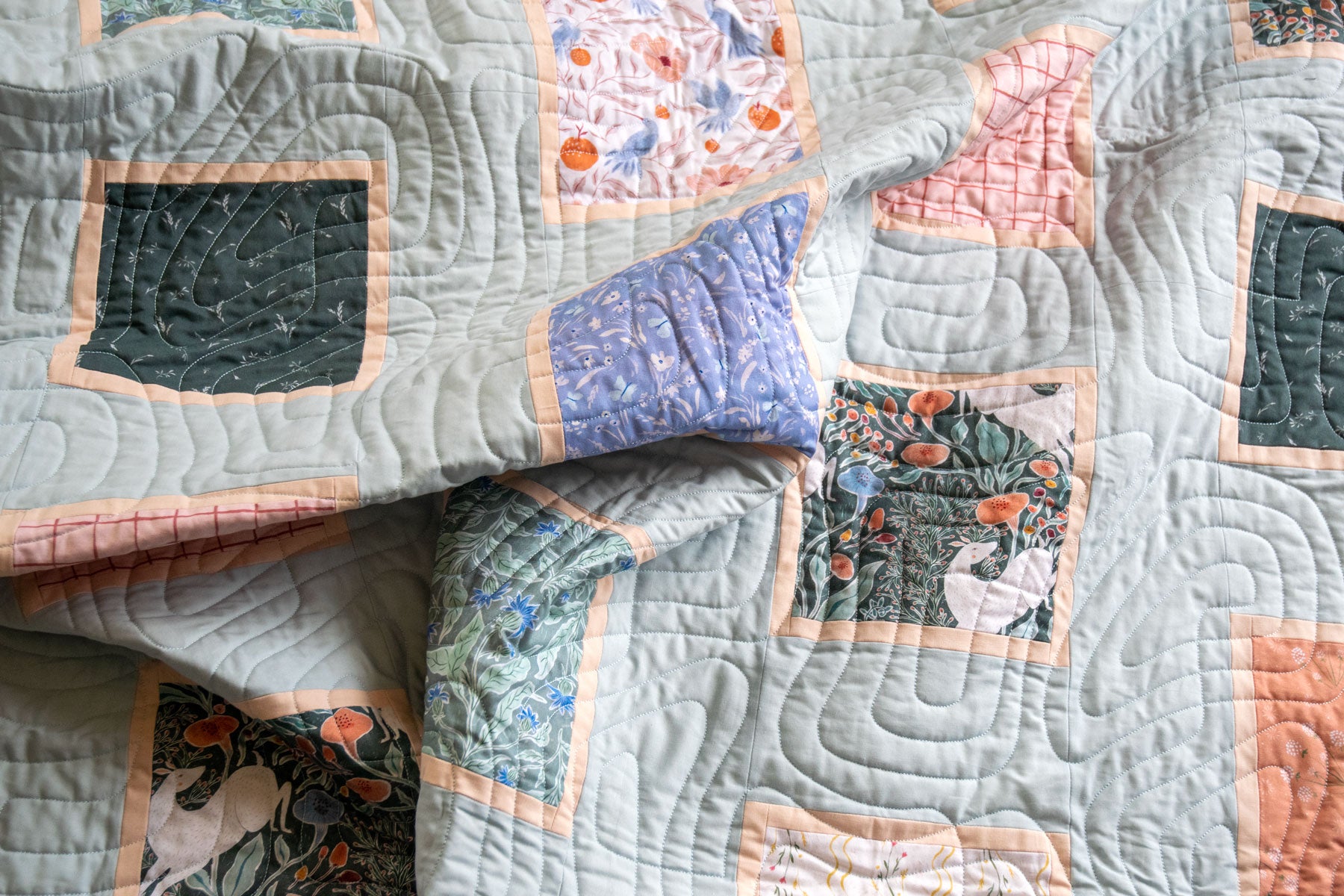
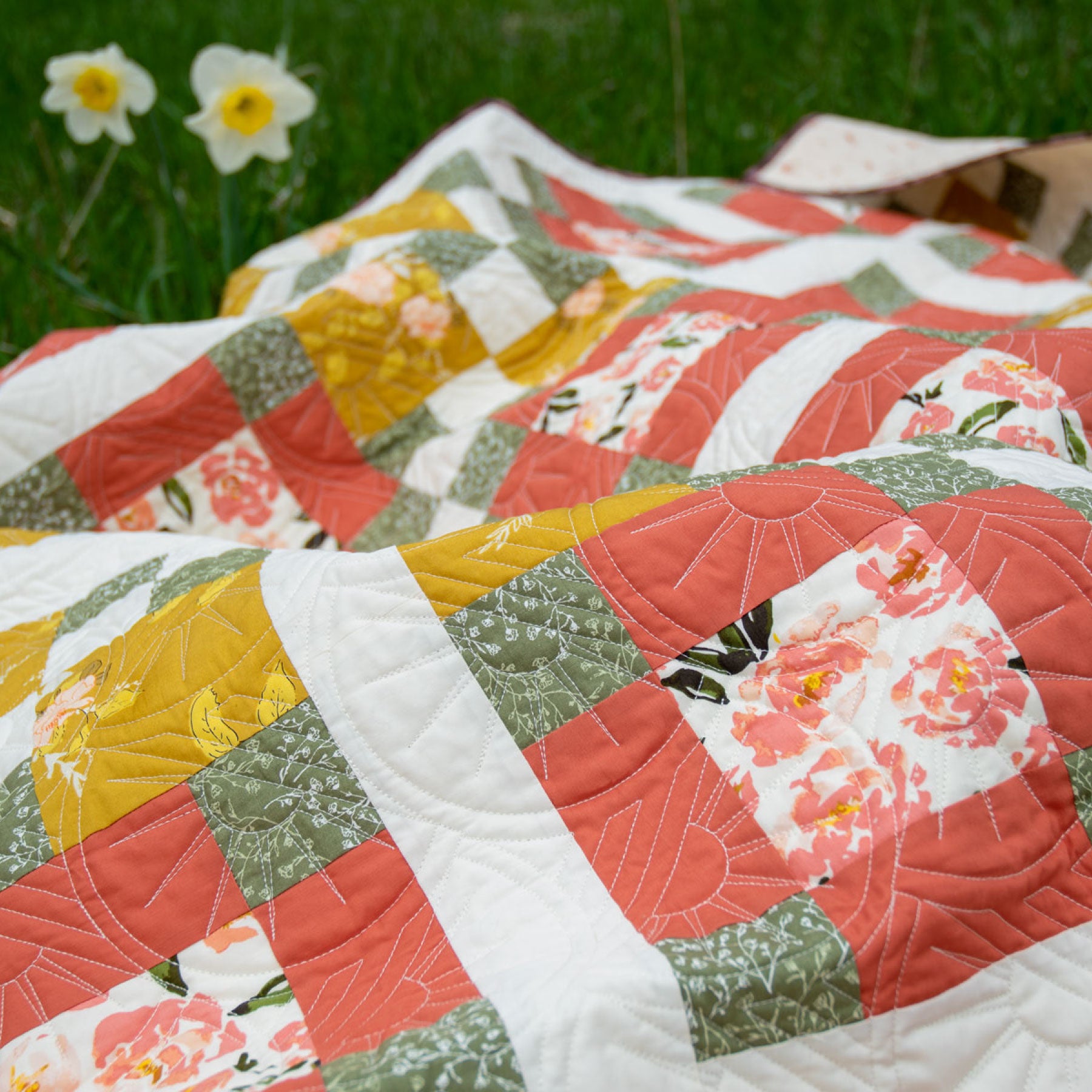

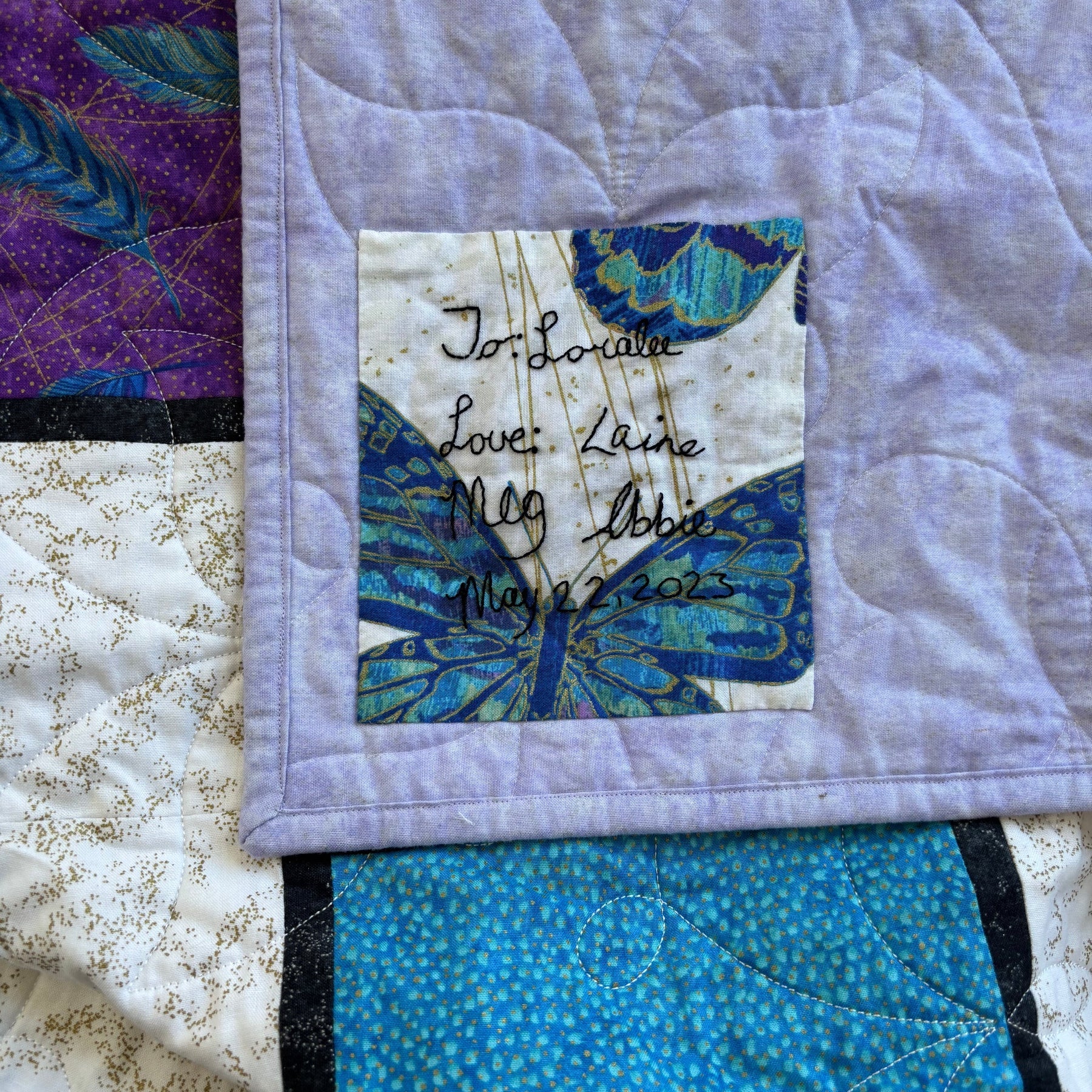
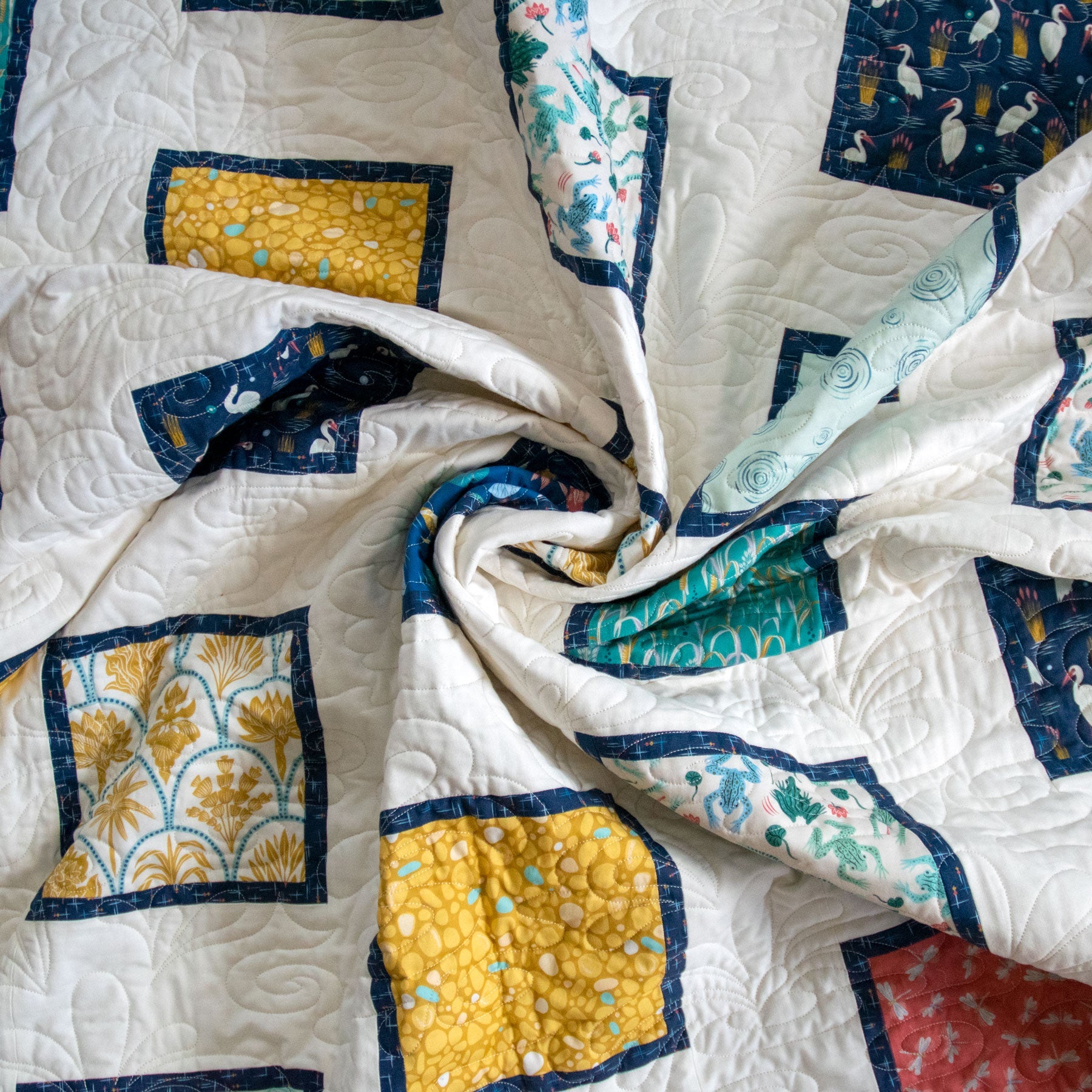
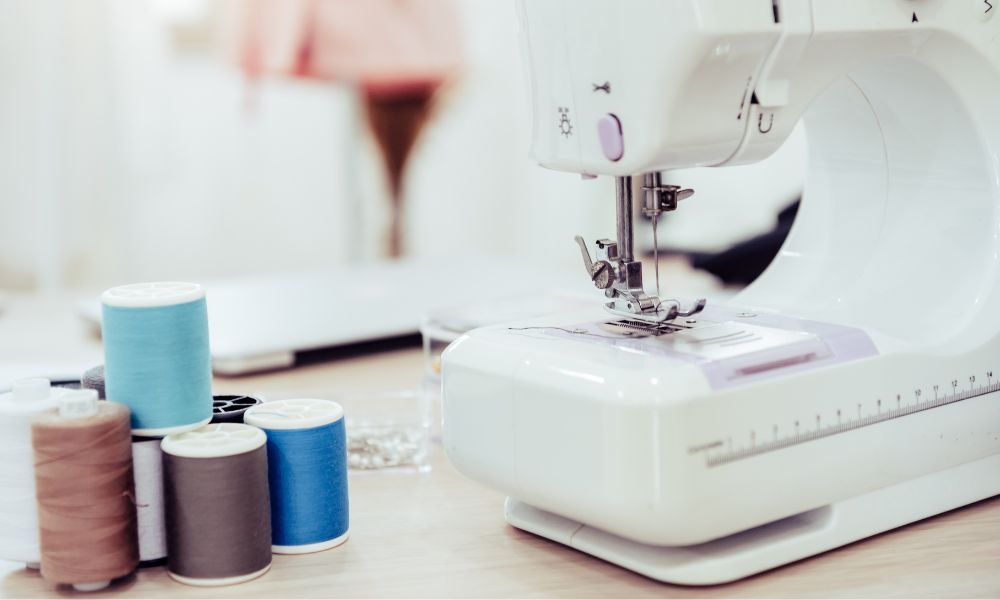
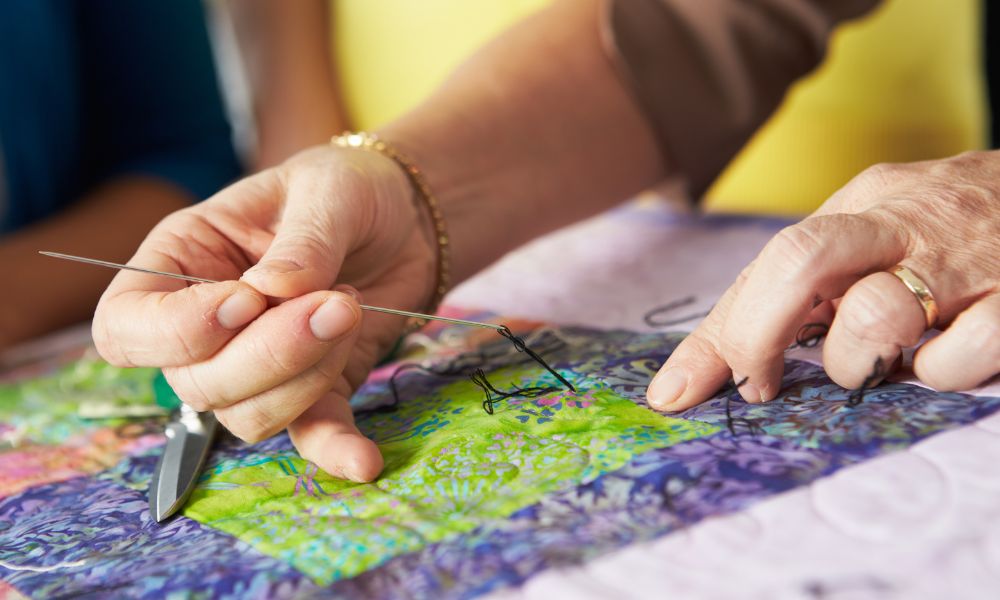

Comments